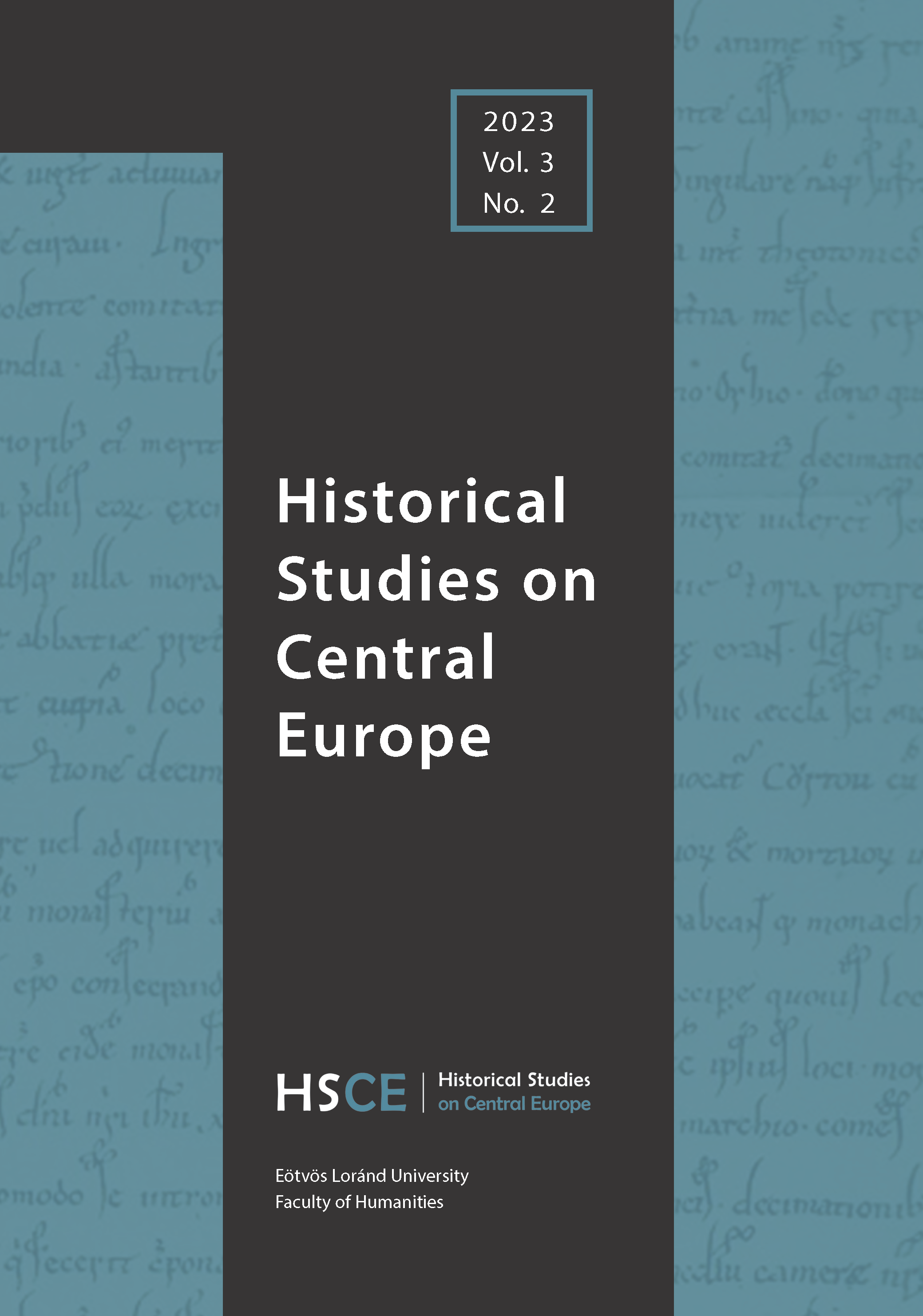Published 18-12-2023
Keywords
- nation building,
- religion,
- leader cult,
- Miklós Horthy,
- Trianon
- Horthy cult,
- irredentism ...More
How to Cite
Copyright (c) 2023 Dávid Turbucz

This work is licensed under a Creative Commons Attribution-NonCommercial 4.0 International License.
Abstract
The leader cult built up around Miklós Horthy, the Regent of Hungary between 1920 and 1944, was one of the leader cults that appeared after World War I as a response to the critical social and political conditions. According to the main message of Horthy’s selectively constructed image, he was the only one who could achieve the national goals and restore the lost national glory. In my paper, I analyze religion, primarily Christianity, as a domain from which the cult-makers selected, (mis)used, and manipulated symbols, elements, and concepts, such as ‘resurrection’, ‘rebirth’, ‘salvation’, ‘the Passion of the Christ’, ‘selectness’, ‘the promised land’, and references to the will of divine providence for justifying the leadership of Horthy. Religious symbols also shaped and strengthened the national identity. It is shown that the traditional churches, because of the cooperation between them and the state, made a significant contribution to strengthening the leader’s legitimacy in this way. This is the reason why the term ‘politicized religion’, introduced by Juan J. Linz, seems appropriate in this context. Naturally, this was a wider phenomenon in Hungary, but the Horthy cult is its striking example.


